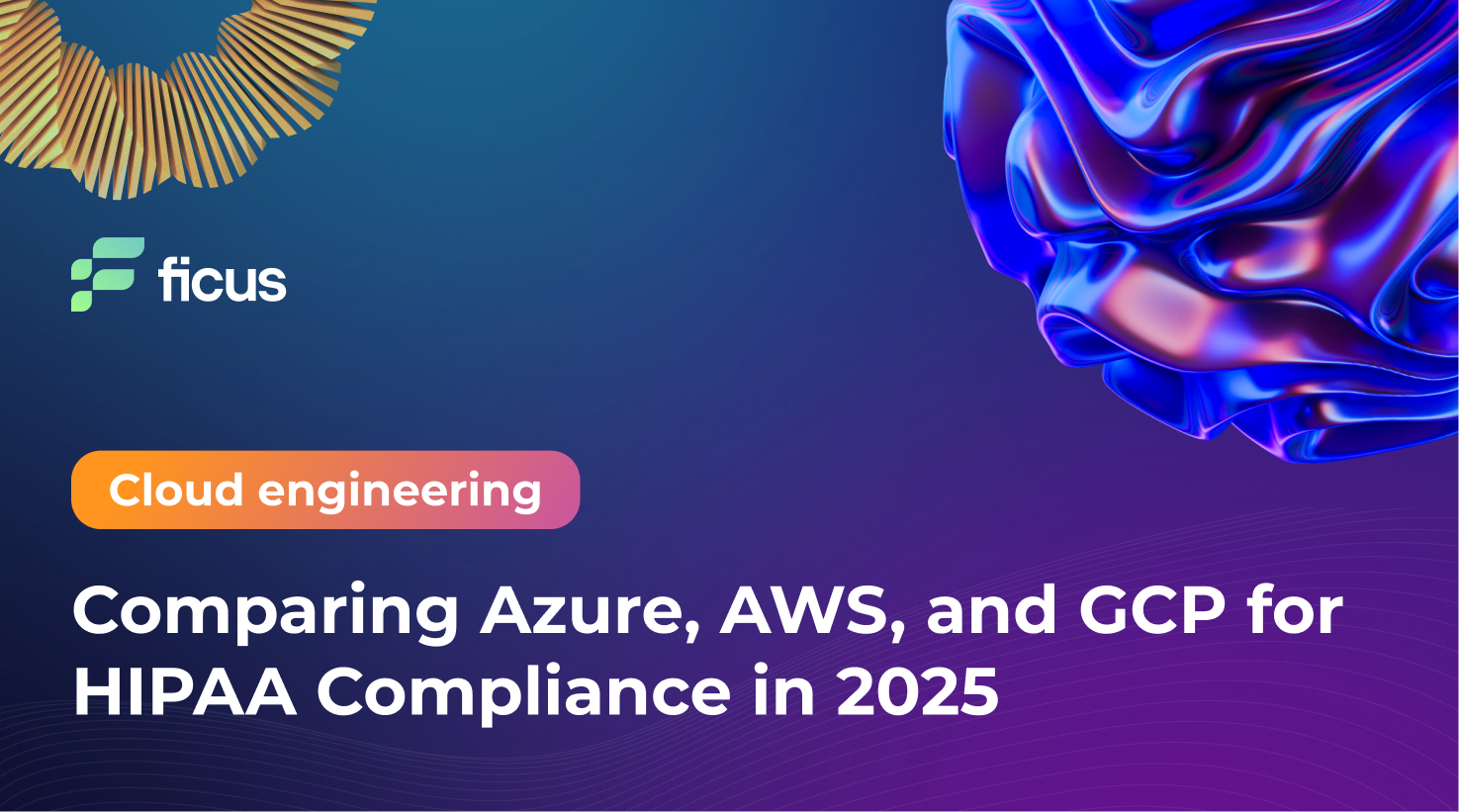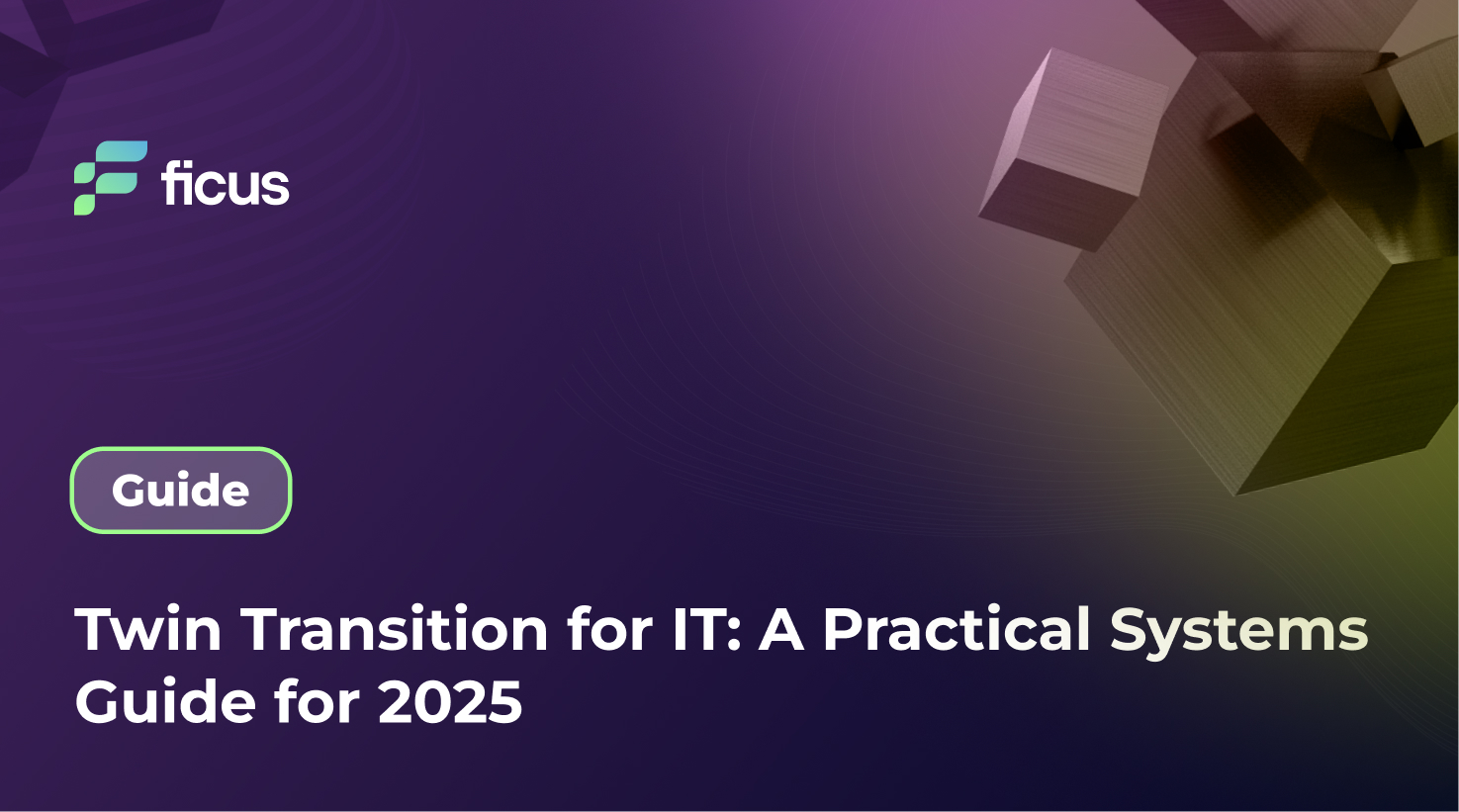In recent years, healthcare has found itself at the center of cyber incidents: major fines and investigations have made it clear that patient data security, trust, and regulatory compliance are now inseparable. As IT landscapes modernize, more organizations are moving critical workloads to public cloud. This shift does not relax HIPAA requirements—it makes them more complex: cloud flexibility simultaneously expands the attack surface and turns configuration error into the most expensive kind of risk. So the question “which cloud is better” is better reframed as “which cloud and which operating approach will give us controllable compliance and verifiable security at a reasonable total cost of ownership.”
- HIPAA compliance depends on both cloud provider features and user configurations.
- All three major CSPs — Azure, AWS, and GCP — offer HIPAA-eligible services, robust access control, encryption, and signed BAAs.
- The best choice depends on infrastructure needs, toolsets, and compliance management capabilities.
What “HIPAA in the cloud” really means
You still see the misleading claim in industry conversations that “platform X is HIPAA-certified.” Formally, HIPAA does not “certify” providers; it defines each party’s responsibilities and requires them to be reflected in a Business Associate Agreement (BAA). The cloud supplies infrastructure, encryption services, access-control tooling, and logging; the customer is responsible for architecture, selecting HIPAA-eligible services, private networking, correct Identity and Access Management configuration, key and secret lifecycle, monitoring and incident response, and—most importantly—the audit evidence that proves compliance. The point of the shared responsibility model is practical: the provider secures the cloud; the customer secures what they do in the cloud.
How to choose a platform: prioritize operating model over feature lists
A sound cloud choice in healthcare starts not with a checklist, but with three questions. First, what is your operating model: do you have a significant on-prem footprint, how critical is hybrid connectivity, and how mature is centralized identity and change management? Second, where is the center of gravity for your data and compute: transactional systems and EMR/EHR integration, streaming medical imaging, research on omics data, or analytics and AI models for clinical decision support? Third, how will you prove compliance: which audit artifacts are required, what configuration-checking automation is available, and how are escalation, incident handling, and recovery organized? Clear answers narrow the field, because the way you operate determines both financial efficiency and risk profile.
Azure: managed hybridity and enterprise governance
Azure’s advantage is a mature hybrid story and a single plane for managing identities and devices. For large provider networks with distributed infrastructure this means a smoother migration, simplified domain management, end-to-end conditional access and privileged access policies, and native integration with office environments and clinical workstations. In HIPAA terms this translates into predictability: least privilege is easier to enforce, it’s easier to prove MFA and just-in-time access are enabled, and change/event logs converge into a single observability view. Virtual networks, private endpoints, and inter-segment filtering support a private-by-default topology with strict egress control. Azure’s bottleneck is usually not technology but discipline: without codified policies and pipeline-driven deployments, the environment quickly accumulates manual exceptions that are hard to validate and even harder to justify to an auditor. Infrastructure as code and a ban on ad-hoc portal changes are not “nice to have”—they’re table stakes.
AWS: breadth of the catalog and depth of industry services
AWS’s strength is the very broad set of foundational services plus mature healthcare/life-sciences offerings. Where workloads center on imaging, clinical note transcription, omics analysis, or building patient record repositories, native services shorten the path from prototype to production and fit a familiar multi-account operating model. For HIPAA, this breadth is powerful—but dangerous: the more building blocks, the higher the risk of shallow integrations and forgotten permissions. In practice, AWS Organizations discipline, org-wide policies, and an account factory determine whether that variety becomes an advantage or technical debt. Keys, logs, and configurations must live under centralized policy; otherwise you end up with great technology and no single view of control.
Security is a process, not a product.
Bruce Schneier, security technologist
GCP: data and AI velocity where it is the primary value
GCP is a logical choice for teams where analytics and AI are first-class citizens rather than support functions. Clear project isolation, an ingrained data-platform culture, and mature tooling to build and operate models deliver an edge in scenarios where the speed of experimentation and portability of research pipelines into production are critical. For HIPAA, privacy, encryption, and access control are built around project isolation and strict data-sharing rules, while the evidence base sits at the intersection of audit logs, ML process artifacts, and access policies for data marts. The pitfall isn’t security but the mental model: teams accustomed to Microsoft/AWS IAM and org structures can, without a carefully designed folder/project/SSO scheme, end up with duplicated roles and ad-hoc exceptions.
HIPAA architectural invariants: what never changes across clouds
Regardless of provider, HIPAA imposes a set of invariants. Identities are centralized; access is temporary and minimally sufficient; privileges are governed with escalation controls and logging. Data is encrypted at rest and in transit; keys are rotated with role isolation; secrets never leave managed vaults. Networks are private by default; internet egress is closed and only opened explicitly; external integrations use private interfaces. Observability is not just metrics but a record of user and service actions in immutable storage, with retention aligned to regulatory and litigation requirements. Backup and recovery are a discipline, not a button: regular restores are part of the evidence base, as are incident-response drills and reports.
Comparison Summary: Azure vs AWS vs GCP for HIPAA
| Feature | Azure | AWS | GCP |
|---|---|---|---|
| Global Reach | 60+ regions, 113 zones | 32 regions, 102 zones | 40+ regions, expanding |
| Healthcare Focus | Microsoft Cloud for Healthcare | AWS HealthLake, HealthScribe | MedLM, Vertex AI, Multiomics |
| Encryption At Rest | AES-256 (default) | AES-256 + KMS | AES-256 + Cloud KMS |
| Access Control | Azure AD | AWS IAM | Identity-Aware Proxy |
| HIPAA BAA Coverage | Broad (incl. SQL, AKS, etc.) | Broad (incl. S3, Lambda, etc.) | Broad (incl. BigQuery, Vertex AI) |
| Network & Firewalls | Azure NSG & Azure Firewall | AWS Network Firewall | Project/VPC-level firewalls |
| Compliance Support | Comprehensive docs and tools | Advanced auditing and tooling | ML-integrated compliance solutions |
Risk profile and cost of compliance: where the real spend hides
It is usually operational trade-offs—not the tech choice—that shape risk and TCO. Misjudged “hybrid” leads to double-running identity and network stacks; too much team autonomy yields a flood of manual exceptions; “move fast” without automated checks becomes technical debt that compounds with interest. The costliest mistake is open egress and poor logs: you may be unable to trace exfiltration or prove due process, turning manageable responsibility into systemic risk. On the cost side, it’s not just compute bills—engineer time for control upkeep, incident recovery, and audit prep matters. Where these processes are automated, the cost of ownership drops regardless of cloud.
Conclusion
In 2025, choosing between Azure, AWS, and GCP isn’t a contest of brochures; it’s matching your operating model to platform strengths. Azure is rational where hybrid and centralized governance are critical; AWS where breadth and industry tooling create value; GCP where data and AI drive clinical and research outcomes. Regardless of choice, HIPAA compliance doesn’t come from a console logo; it comes from discipline: identities first, private-by-default networking, encryption everywhere, immutable logs, tested recoverability, and an evidence factory built into your pipelines.
Why Ficus Technologies?
At Ficus Technologies, we specialize in building HIPAA-compliant cloud architectures that meet the evolving needs of modern healthcare organizations. Whether you’re migrating legacy systems or building a new cloud-native solution, our team ensures:
- Secure deployment using best practices for HIPAA compliance.
- Configuration audits and compliance assessments.
- Data protection strategies, including encryption and access control.
- Continuous monitoring and automated incident response.
- Integration with Azure, AWS, or GCP — based on your operational goals.
With proven experience in healthcare IT, we’re not just your vendor — we’re your compliance partner.
No. These platforms enable compliance, but you must configure and use them properly to remain compliant.
Yes. A signed BAA is a must for handling ePHI with any cloud vendor.
No. Only HIPAA-eligible services listed by the provider are covered under a BAA.
Ficus offers secure architecture design, compliance audits, configuration support, and deployment services across Azure, AWS, and GCP.








